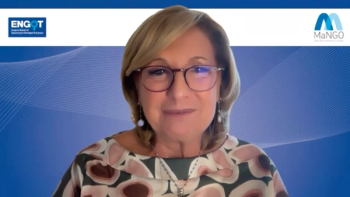
Jonathan Hirsch Discusses Challenges in Health IT Implementation
The state of current software systems, primarily electronic medical records, is a significant barrier to implementing successful health IT tools, said Jonathan Hirsch, founder and president of Syapse. He also explained some of the solutions developed by Syapse to address these challenges, like improving the software’s integration capabilities and making it more usable for providers.
The state of current software systems, primarily electronic medical records, is a significant barrier to implementing successful health information technology (IT) tools, said Jonathan Hirsch, founder and president of Syapse. He also explained some of the solutions developed by Syapse to address these challenges, like improving the software’s integration capabilities and making it more usable for providers.
Transcript (slightly modified)
What challenges are there still when it comes to implementing health IT?
One of the large challenges to implementing health IT today is just the state of the existing software systems that you have to deal with. And the #1 offender in this is of course the electronic medical record. Now, this is a hard problem to solve. When you’re talking about changing providers’ workflows to allow those providers to both do their job efficiently as well as capture the data that you need for health IT to make a difference in cancer care, it’s a difficult problem, so I don’t want to minimize how tough it is.
Now, what we’ve done at Syapse is we’ve built integration capabilities with the major electronic medical records out there, so that we can effectively pull the right data on cancer patients from those medical record systems and then make it usable. But, let’s make no mistake, there’s a lot of work to do.
So for example, how many providers are actually using staging capabilities in their electronic systems, whether it’s in a medical record or a different system. We have to think about how health IT can not be a burden but can be additive to the provider’s workflow. Something that we do at Syapse is we focus a great deal on the provider workflows that make it easy for the provider to see health IT as their friend, whether it’s through time savings or through information gathering and delivery.
Newsletter
Stay ahead of policy, cost, and value—subscribe to AJMC for expert insights at the intersection of clinical care and health economics.













































